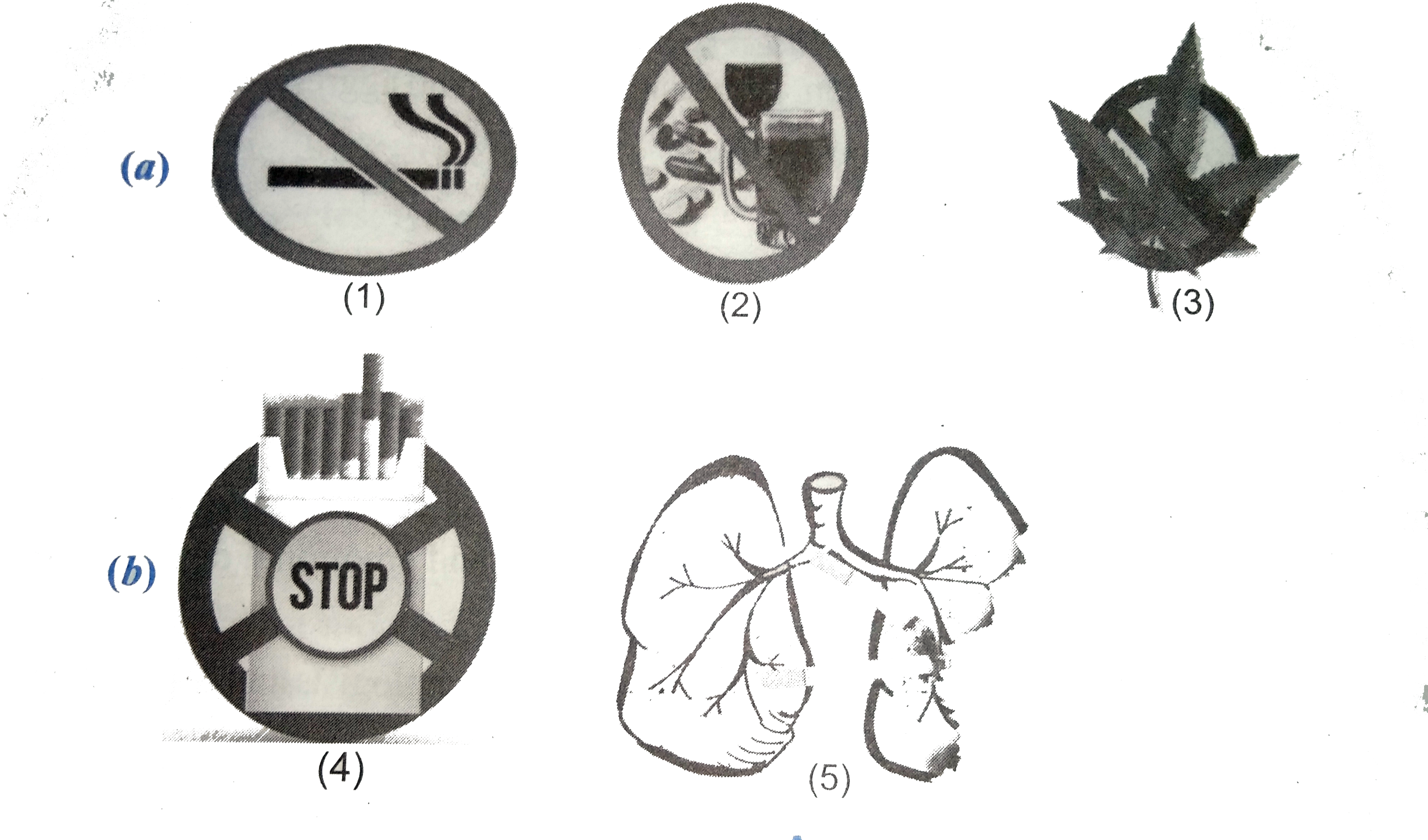What is mutation? Explain the two types of mutation. Solution in Tamil
Mutation is an inheritable sudden change in the genetic material (DNA) of an organism. Mutations are broadly classified into 1. Chromosomal mutation and 2. Gene mutation.
1. Chromosomal Mutation:
The sudden change in the structure or number of chromosomes is called chromosomal mutation. This result in
(a) Change in the structure of chromosomes:
Structural changes occur due to errors in cell division. Changes in the number and arrangement of genes takes place as a result of deletion, duplication, inversion and translocation in chromosomes.
(b) Changes in the number of chromosomes:
They involve addition or deletion in the number of chromosomes present in a cell and is called ploidy. The two types of ploidy. The two types of ploidy are:
(i) Euploidy:
It is the condition, in which the individual bears more than the usual number. If an individual has three haploid sets of chromosomes, the condition is called triploidy [3n]. Triploid plants and animals are sterile. If an individual has four haploid sets of chromosomes, the condition is called tetraploidy [4n]. Tetraploid plants often result in increased fruit and flower size.
(ii) Aneuploidy:
It is the loss or gain of one or more chromosomes in a set. It is of three types:
(a) Monosomy [2n−1]
(b) Trisomy [2n+1]
(c ) nullisomy [2n−2]
(iii) Down.s syndrome:
It is one of the commonly known aneuploid condition, in man. It is a genetic condition, in which there is an extra copy of chromosome 21 (Trisomy 21). It is associated with mental retardation, delayed developement, behavioural problems, weak muscle tone, vision and hearing disability are some of the conditions seen in children.
2. Gene or point mutation:
Gene mutation is the changes occuring in nucleotide sequence of a gene. It involves substitution, delation, insertion or inversionof a single or more than one nitrogenous base. Gene alteration results in abnormal protein formation.
Topper's Solved these Questions
- BOOK - FULL MARKSCHAPTER - HEREDITYEXERCISE - ADDITIONAL QUESTIONS (HOTS)2videos
HEREDITY
- BOOK - FULL MARKSCHAPTER - HEREDITYEXERCISE - ADDITIONAL QUESTIONS (ANSWER THE FOLLOWING BRIEFLY:)7videos
HEREDITY
- BOOK - FULL MARKSCHAPTER - HEALTH AND DISEASES EXERCISE - Additional Questions (Higher Order Thinking Skills (HOTS):)1videos
HEALTH AND DISEASES
- BOOK - FULL MARKSCHAPTER - NERVOUS SYSTEMEXERCISE - VII. ADDITIONAL QUESTIONS (HOTS).5videos
NERVOUS SYSTEM
Similar Questions
What do you understand about DNA, gene and chromosome in short?
02:03View SolutionWhat are chromosomes made up of?
02:10View SolutionWhat does the following symbols represent?
 01:56View Solution
01:56View SolutionGive two examples for conditional reflexion.
01:36View SolutionName the two main types of mutations
02:07View Solutionजीन म्यूटेशन क्या है ? जीन म्यूटेशन के क्या कारण है ? समझाइए ।
03:06View Solutionइन में से प्रत्येक में जीन उत्परिर्तन (Gene mutation) के प्रकार को समझाइए-
ATGCATGC -ACGCATGC02:47View Solutionइन में से प्रत्येक में जीन उत्परिर्तन (Gene mutation) के प्रकार को समझाइए-
ATGCATGC -ATGAATGCView Solutionउत्परिवर्तन कितने प्रकार के होते हैं?
05:02View Solutionजीन उत्परिवर्तन को परिभाषित कीजिए।
06:54View Solutionजीन म्यूटेशन की विशेषताएँ क्या हैं? समझाइए।
06:39View Solutionउत्परिवर्तन के विभिन प्रकार क्या है
04:30View SolutionWhat is mutation ? Explain with the help of an example how does a kpoint mutation affect the genetic code.Name another type of mutation.
56:54View Solutionगुणसूत्रीय उत्परिवर्तन का कारण है
01:14:24View SolutionExplain in detail about the types of gene mutations.
03:28View Solution

